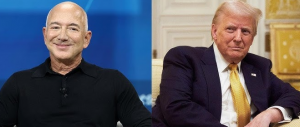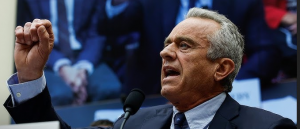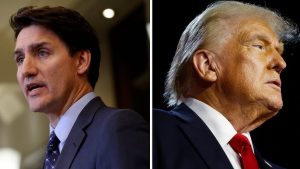Recently, Prince William's fluctuation in facial hair has attracted significant attention, reflecting broader societal views on masculinity, grooming, and the intersection with royal image. His changing beard style has garnered comments from notable figures, prompting a discussion about the implications of grooming in public life.
The Politics of Facial Hair: Prince William’s Beard Sparks Public Interest

The Politics of Facial Hair: Prince William’s Beard Sparks Public Interest
The emergence and disappearance of Prince William's beard have ignited discussions surrounding personal style, public perception, and the influence of familial opinion.
As public figures navigate their image, facial hair often becomes a focal point for discussion, as seen in the case of Prince William. Over the past few months, the heir to the British throne has alternated between sporting a modest beard and going clean-shaven, attracting both admiration and scrutiny.
Initially debuting his facial hair in August 2024, the prince shared a light-hearted post congratulating Team Britain on their Olympic triumph. At that time, his beard was quite subtle, and the style drew mixed reactions, characterized by its patchiness. However, in November, the beard saw a brief hiatus when his daughter, Princess Charlotte, reportedly expressed her disapproval, prompting her father to shave it off amidst her emotional reaction.
Recently, the beard made a comeback, with Prince William sporting a slightly fuller version while participating in charity events and attending high-profile gatherings, including the notable reopening of Notre-Dame cathedral in Paris. At the cathedral event, his appearance garnered praise from President-elect Donald J. Trump, who labeled him "handsome". Media outlets have described the beard as "rugged," but the characterization raises questions about how such terms shape public perception of male grooming styles, especially in royal circles.
The discussions surrounding the prince's beard extend beyond mere aesthetics; they touch on personal branding, cultural attitudes toward masculinity, and the evolving role of public figures in setting style trends. The juxtaposition between the prince's changing appearance and public reactions emphasizes how grooming can influence one's image, often calling into question traditional expectations placed on figures of authority.
As societal views on facial hair and grooming continue to evolve, Prince William's beard serves as a reminder of the complexities surrounding personal style choices in the public eye, prompting ongoing debates about what these choices represent within the broader cultural context.





















